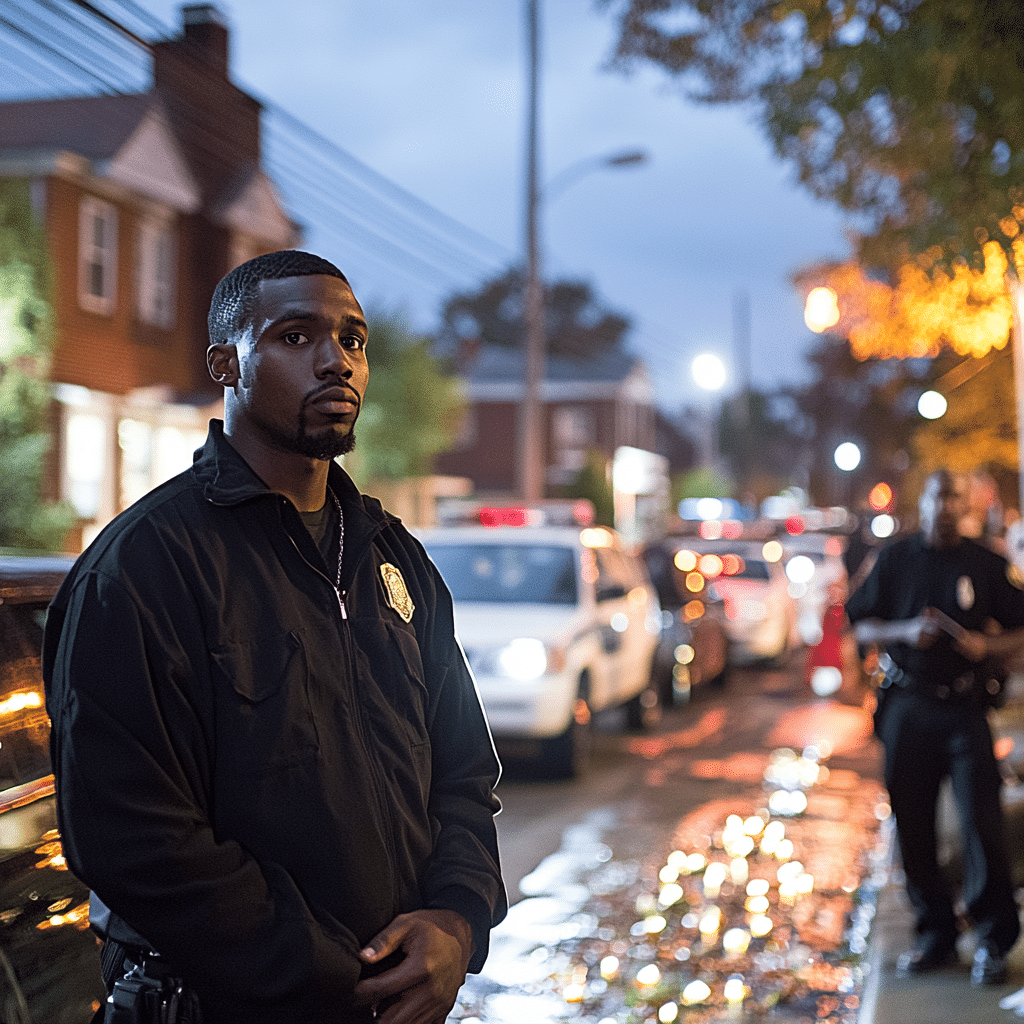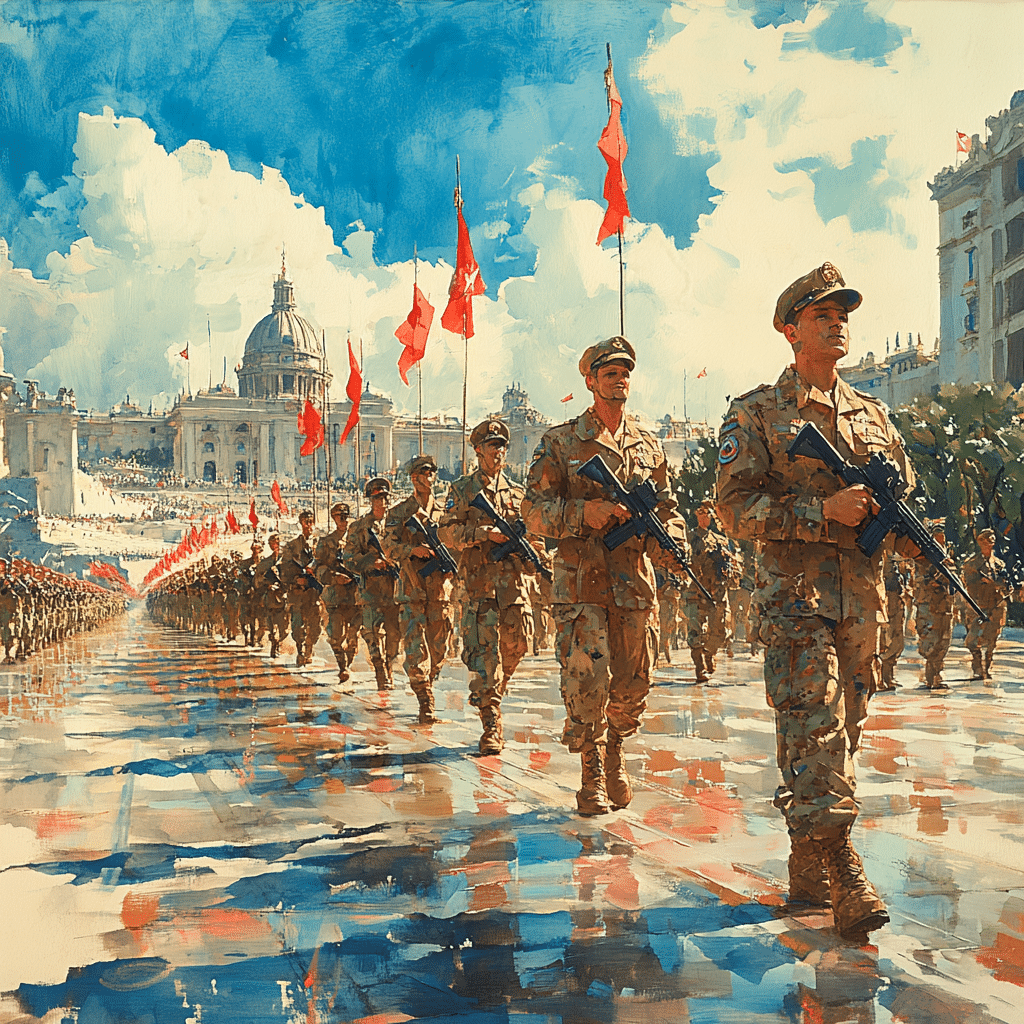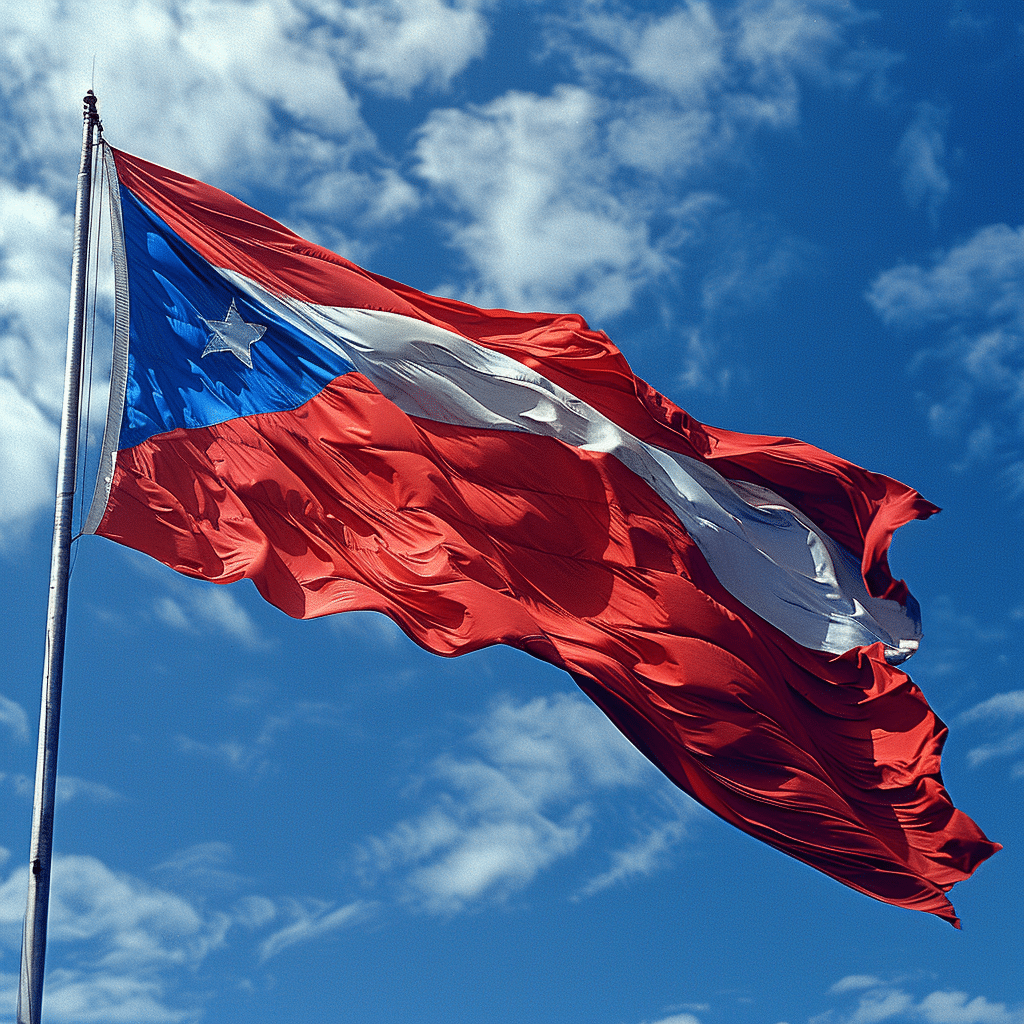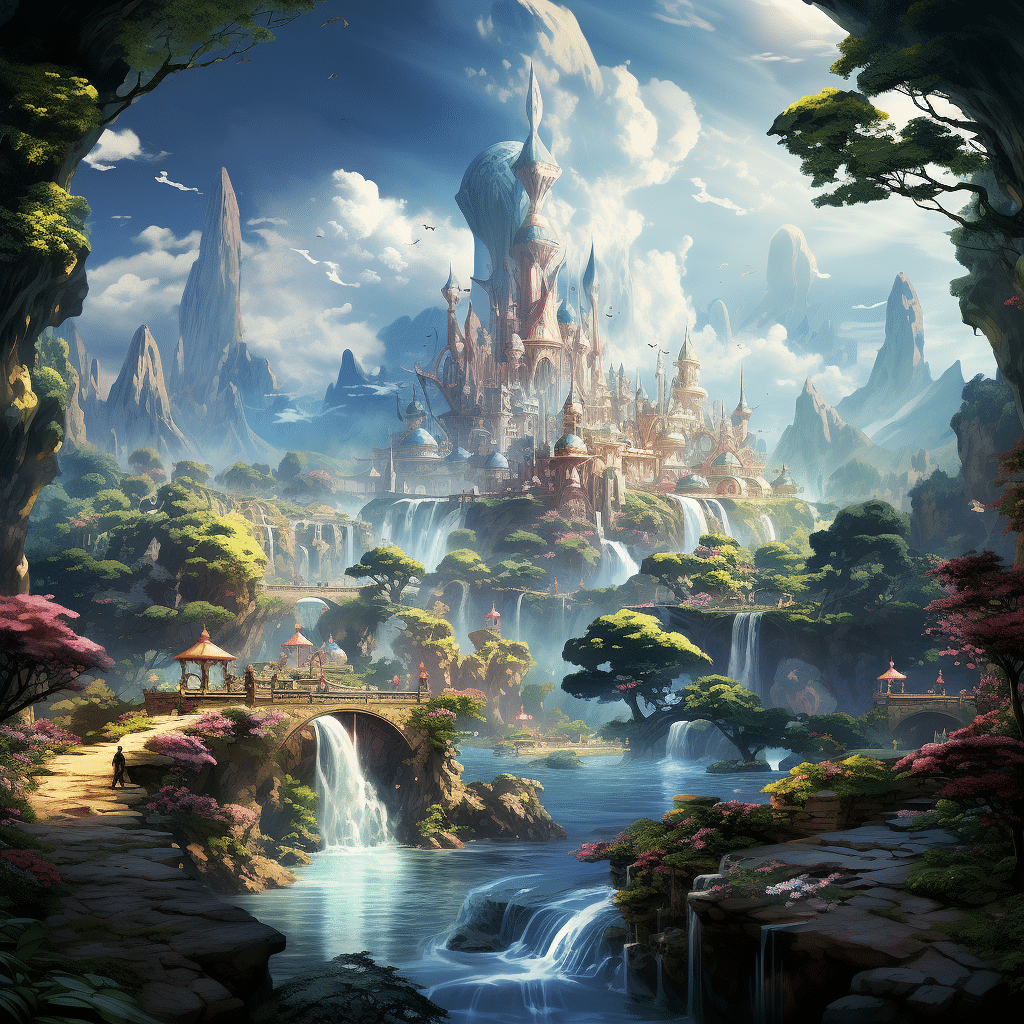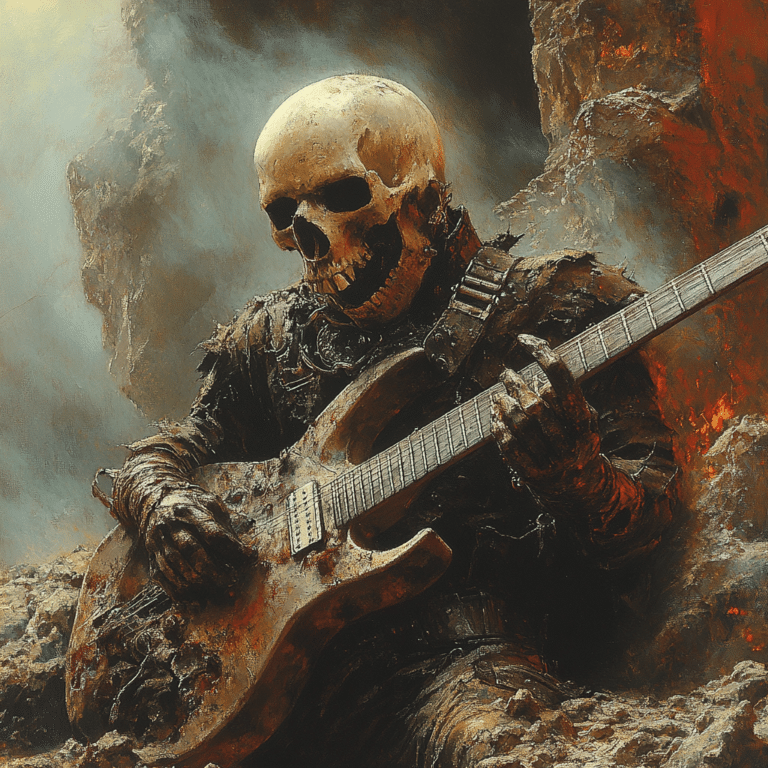Deep in the South Caucasus, the landlocked region of Artsakh paints a sorrowful picture of beauty and strife—a landscape where historical legacies entwine with contemporary dilemmas to weave the complex fabric of a nation’s identity. Artsakh, whose struggle for self-determination is as relentless as it is fraught with turmoil, continues to echo with the clamor for peace.
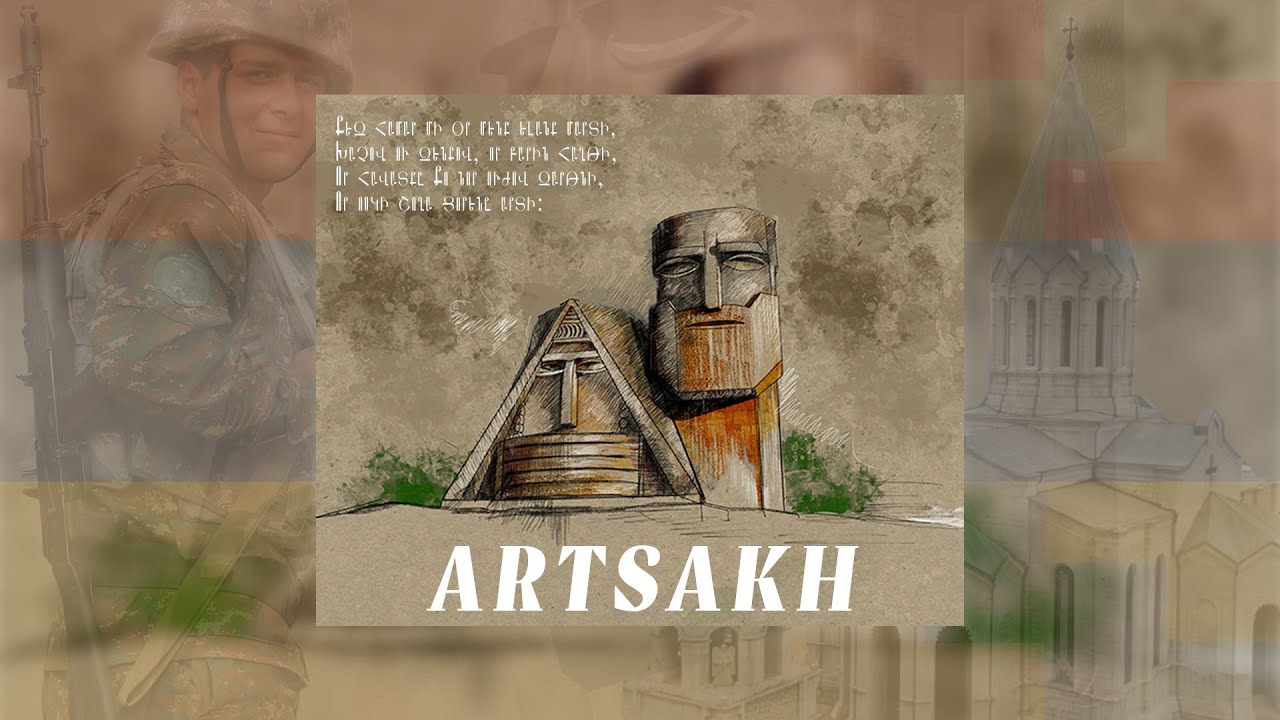
Artsakh’s Historical Legacy and Contemporary Dilemmas
Understanding Artsakh: A Brief Historical Overview
Artsakh, an ancient land steeped in rich culture and history, cherishes its timeline that stretches back centuries. It thrived through various empires, each leaving their imprint, blossoming with Hellenistic influences, Persian governance, and finally, the Armenian culture that would define its essence. Through history’s ebb and flow, governance changed hands, but the spirit of the Artsakhi people remained resolute in their identity.
As a chess piece in the colossal game played by the Soviet Union, Artsakh’s identity was maneuvered to fit the interests of greater powers. With the USSR’s fall, the intricacies of Artsakhi identity emerged from the shadows, clashing with the new geopolitical realities.
The Birth of a Modern Conflict: Artsakh in the Late 20th Century
The roots of modern strife strike through the heart of Artsakh’s soil, anchored in the ethnic and territorial disputes exacerbated during the dissolution of the Soviet Union. Nationalistic sentiments were fanned into a blistering inferno of conflict between Armenians and Azerbaijanis, leading to the bitter 1991-1994 war. Artsakh declared independence, and with the cease-fire of 1994, it became a de facto independent state, albeit unrecognized, wedged in a tense position between hope and oblivion.
Artsakh Today: Between Sovereignty and International Recognition
In today’s geopolitical tapestry, Artsakh exists in a curious limbo—internationally seen as part of Azerbaijan, yet it operates as an autonomous region closely integrated with Armenia. Despite their calls for recognition, the people of Artsakh navigate their daily reality grappling with the implications of their de facto independence against international law’s backdrop.

The Human Face of Artsakh: Lives Shaped by the Struggle
Amid the politics of recognition and territorial claims, the true story of Artsakh lives through its people. From the farmer who tills the disputed land to the schoolteacher preserving Artsakhi culture, each narrative embodies the resilience woven into the region’s fabric. Stark demographic shifts and economic uncertainties born of conflict have real and profound impacts, reshaping the very soul of society under strain. Yet, daily life persists—guided by hope for peaceful tomorrows.
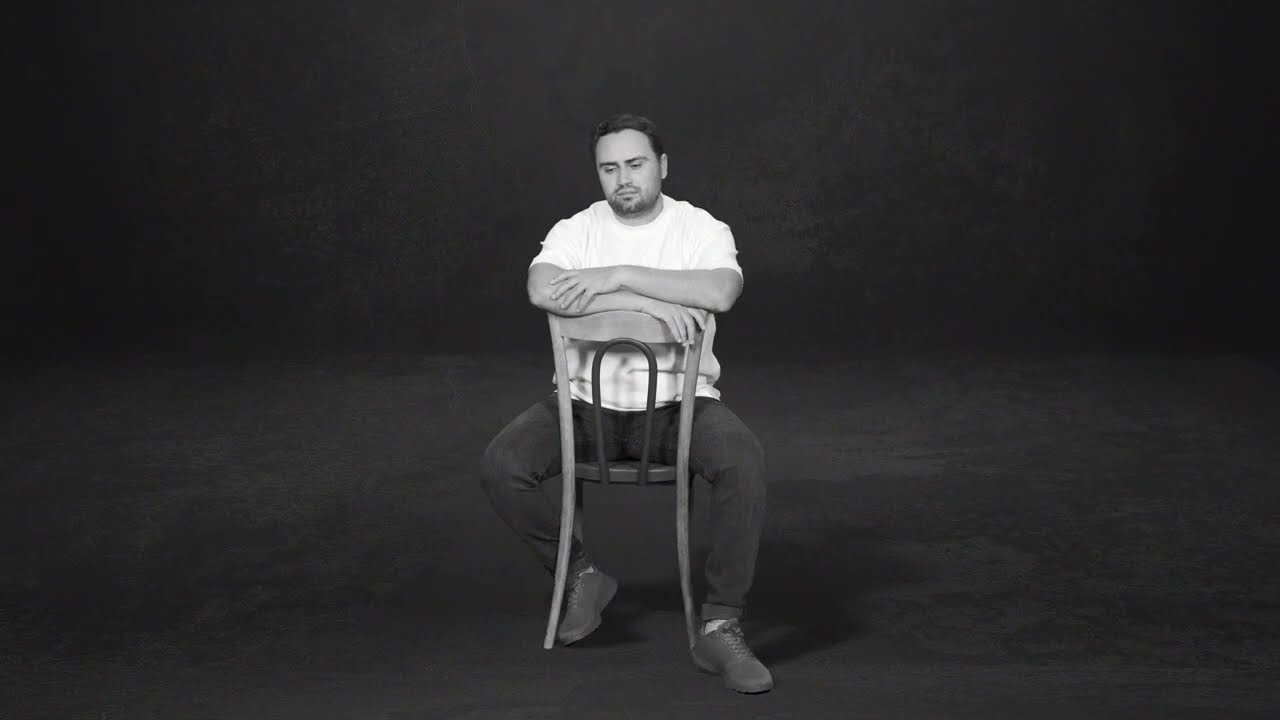
| Category | Details |
|---|---|
| Official Name | Republic of Artsakh (de facto), Nagorno-Karabakh Republic |
| Status | De facto independent from 1994-2020, not internationally recognized |
| International Recognition | Territory internationally recognized as part of the Republic of Azerbaijan |
| Armenia Relations | Closely integrated with Armenia; political, military, and economic support |
| US & International Support | Encourages peaceful resolution; promotes reopening of borders and regional prosperity |
| Armed Conflict Caution | US advises increased caution when traveling to Armenia due to conflict zones |
| Religion | Predominantly Armenian Apostolic Christian (approx. 98%); homogeneous Christian population (around 99%) |
| Post-2020 Status | Situation escalated in 2020 with renewed conflict, current status may reflect ongoing geopolitical changes |
Artsakh’s Cultural Heritage: Preserving Identity Amidst Conflict
Despite war’s disregard for history, Artsakh clings steadfastly to its cultural vigor. From cherished religious sites like Amaras Monastery, cradle of literacy for the region, to the vibrant wefts of traditional tapestries, the arts flourish, telling stories of an embattled yet enduring Artsakh. And just as Lisa Hartman black resonates with a distinctive voice in country music and arts, Artsakh’s cultural heritage stands distinct, resonating with its own unique tenor of integrity and identity preservation.
Efforts to preserve this legacy are not merely an act of custodianship but a vital thread in the fabric of their campaign for self-determination; they are, in a way, suspended between chapters of a narrative Rescheduled time and again by the tides of conflict. This preservation is as much a resistance as it is a tribute to their past.

Diplomatic Efforts and Peace Initiatives: Charting a Path Forward
Navigating the labyrinth of diplomacy, Artsakh has witnessed various peace initiatives—often mere flashes of hope quickly obscured by geopolitical smog. Echoes of failed negotiations remind us that the path to lasting peace in this coveted land is fraught with complexity, where every diplomatic nuance can sway the future like a haphazard, star-crossed game of chess.
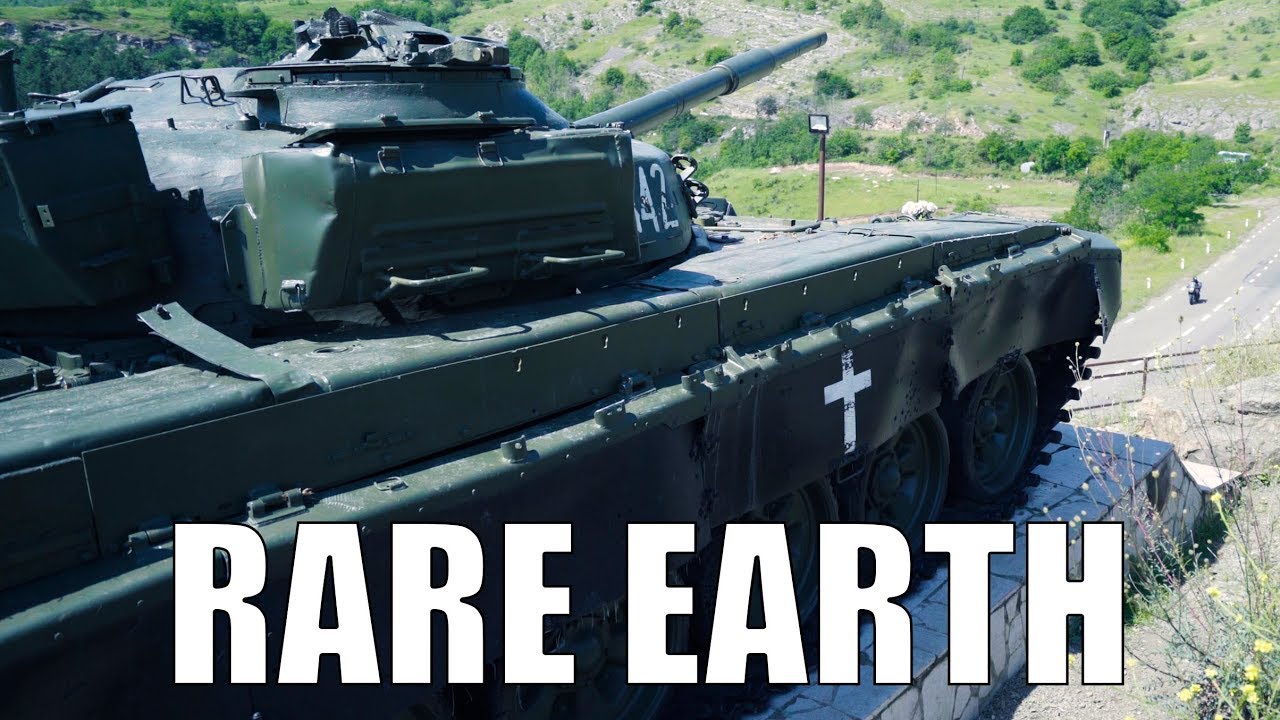
The Geopolitical Chessboard: External Actors and Artsakh
The geopolitical tensions surrounding the Artsakh issue unravel much like the plot of Where Was Goonies filmed, rich with intrigue and complex relationships. Regional powerhouses and distant regimes weigh in, swaying the region’s fate. Russia, with its peacekeeping boots on the ground, Turkey, with its kinship to Azerbaijan, and the West looking on—their roles undulating between mediators and interested parties.
This interplay of external actors is reminiscent of grand historical narratives where the fate of a small yet potent region influences the broader geopolitical dynamic. Here, the global powerhouses shape, propose, and sometimes dictate the ebb and flow of the political currents, where peacekeeping efforts often swing to the rhythm of elusive geopolitical agendas.
Artsakh in the Global Media: Narratives and Counter-Narratives
Amidst the cacophony of global media, Artsakh’s tale is a contested narrative. Points of view clash as the region’s realities are obscured by the fog of war and political agendas. Misinformation battles with hard truths, leaving the public to discern fact from fiction. Like a literary character misjudged and misunderstood, the essence of Artsakh is often lost in translation.
It is within this context that journalism demands transparency, an antidote to bias, akin to the importance attributed to endeavors such as the Newsday crossword—a tool for sharpening minds, just as accurate reporting sharpens public awareness in times of conflict.
Building a Future: Artsakh’s Youth and Innovation
In the shadow of uncertainty, Artsakh’s youth represent a beacon of potential, harnessing education and innovation in their quest to lay the foundation for a stabilizing future. Just as entrepreneurs leaped forward with Dishwashers on sale revolutionizing domestic life, Artsakh’s youth seek to propel their homeland into a new era, emphasizing stability, prosperity, and technological growth.
The Environmental Aspect: Natural Resources, Scarcity, and Conflict
Artsakh, endowed with lush forests and mineral wealth, finds its land and resources ensnared by the conflict’s thorns. Environmental stewardship staggers under the burden of war, leading to degradation and scarcity—a silent casualty often overshadowed by the human toll. Yet, amidst turmoil, sustainable initiatives rise, promising a roadmap to rehabilitate both land and community.
Looking Ahead: Artsakh’s Roadmap to Peace and Identity Preservation
The road to peace in Artsakh is a winding one, beset with political obstacles and existential threats. Yet, future strategies for stability harbor within them a profound respect for the preservation of Artsakh’s identity—itself a cornerstone for any political resolution. Prospects for economic growth and social rejuvenation shimmer on the horizon, contingent on a post-conflict reality.
Conclusion
Artsakh’s struggle epitomizes the universal quest for self-determination, peace, and preservation of identity. In a world where culture and sovereignty often clash with political interests, the international community holds in its hands the ability to forge or fracture the region’s hopes for a lasting resolution.
This land, where ancient monasteries stand as sentinels of faith, where winter Hats For Women are knit with patterns passed down through generations, encapsulates a battle—not merely of borders, but of identity itself. As we gaze into the crucible of Artsakh’s future, one can’t help but wonder—can there be a symphony of peace where now only the discord of conflict resounds? The global audience watches, waits, and hopes.
The Cultural Tapestry of Artsakh
In the tapestry of global culture, Artsakh presents a fascinating piece, rich with historical threads that are often overshadowed by its political struggles. You might be surprised to know that, much like actress Lois Chiles rise to fame with her captivating performances, Artsakh has a deep-rooted cultural identity that shines despite the tumultuous backdrop of conflict. Its history is a compelling drama, filled with as much intensity and surprise as the iconic roles Chiles played on the silver screen.
Artsakh’s struggle for identity has always been as intricate as a meticulously designed Lowe’s Black Friday ad aimed to catch the eye and engage the mind. Every theater of conflict and every plea for peace throughout Artsakh’s past is a testament to the enduring spirit of its people, much like the alluring deals of Black Friday are designed to draw shoppers in every year. The region’s rich heritage and its plea for recognition are inextricably tied to each other, with every historical echo reminding onlookers of the fierce desire for peace amidst adversity.
Engaging Trivia: Art and Resilience
Well then, hold on to your hats, because here’s a tidbit that’ll knock your socks off! While the world often hears of Artsakh in the context of its complex geopolitical tensions, did you know that its local residents are renowned for their traditional dance and music? Imagine the scene, folks dancing with the same passion and gusto as shoppers rushing through a Lowe’s Black Friday ad, seizing the rhythm like it’s the last discounted power tool on the shelf. Now there’s an image!
Moreover, just as Lois Chiles graced the stage with her presence, Artsakh boasts a budding generation of artists and performers. These individuals innovate within their creative realms, sculpting a refreshed identity much like a skilled artist chisels away at marble. Their perseverance embodies the spirit of their land – striving against the odds, much like an underdog story that never fails to inspire the audience.
In conclusion, Artsakh isn’t just another entry on the geopolitical stage; it’s a cultural enclave where each staccato beat of a drum represents the heartbeat of its struggle for peace—a place where art and identity aren’t just footnotes in the annals of history but rather the headlines of a story still unfolding.

Is Artsakh part of Armenia?
Oh boy, talking about Artsakh can sure stir the pot! While the Republic of Artsakh belts out a strong ballad of de facto independence since ’94, catch this – it’s like living next door to Armenia and borrowing sugar every day, all the while the rest of the block still thinks it’s part of Azerbaijan’s pad.
Does the US support Armenia or Azerbaijan?
When it comes to picking sides, the US is like the friend who’s rooting for you but doesn’t want to get into the brawl. They’ve been chummy with Armenia, nudging for peace in the Nagorno-Karabakh kerfuffle and even trying to warm up the frosty neighbor vibes with Azerbaijan and Turkey.
Is it safe to visit Armenia now?
Whoa there, before packing your bags for Armenia, it wouldn’t hurt to peek at the latest travel advice. It’s kinda like checking the weather before a picnic; you don’t want any unexpected showers, or in this case, armed conflicts, to ruin your day. In a nutshell, keep your eyes peeled and stay in the loop.
What is the religion of Artsakh?
In terms of faith, Artsakh could be the poster child for devotion: nearly all its folks are cozy in the Christian camp, with a whopping 98% proud members of the Armenian Apostolic Church. Talk about singing from the same hymn sheet!
Who controls Artsakh now?
Oh, the tangled webs we weave when it comes to control over Artsakh. It’s as if it’s got an identity crisis, with self-declared independence but still very much under Armenia’s wing, like a baby bird not quite ready to fly the nest – while Azerbaijan is whispering, “Pssst, you’re still mine.”
Does the US recognize Artsakh?
Officially? Nope, the US doesn’t tip its hat to Artsakh. It’s like being on the guest list but not allowed to dance at the party – at least not where international recognition’s concerned.
Is Armenia a Russian ally?
Armenia and Russia? Yeah, they’re pals, sharing secret handshakes and all. Armenia often cozies up under Russia’s protective wing, especially with all the ruckus in their backyard.
Is Azerbaijan an ally of Russia?
Azerbaijan’s not exactly speed-dialing Russia for a Saturday night hangout, but they aren’t turning down a coffee meet-up either. They’re like gym buddies – spotting each other but not necessarily sharing a locker.
Is it safe to travel to Azerbaijan right now?
If you’re plotting a jaunt to Azerbaijan, just hit pause and swot up on current affairs. It’s a bit of a mixed bag – some areas might welcome you with open arms, while others could be a can of worms that you wouldn’t want to open.
Are Americans safe in Armenia?
Americans in Armenia? Pretty much as safe as at a hometown baseball game. Just play it smart, keep a low profile, and maybe don’t try to start a one-person wave in the stands, if you catch my drift.
Is Armenia safe for female tourists?
Lady travelers, listen up – Armenia could be your oyster, but always pearl-clutch that common sense. You know the drill: be street-smart, and you’ll be as snug as a bug in a rug.
What language is spoken in Armenia?
Armenians have their own lingo, Armenian – go figure, right? It’s as unique as their incredible cuisine.
What language is spoken in Artsakh?
And Artsakh? They’re speaking Armenian, too. I guess it’s like sharing a secret language in an exclusive club!
What are Armenian Christians called?
Armenian Christians are pretty much a one-club team known as the Armenian Apostolic Church. They’ve got their own playbook and everything.
What is Artsakh known for?
Artsakh’s claim to fame? It’s known for its “we stand alone” spirit of independence – minus the full cheerleading squad, aka world recognition.
Which country is Artsakh part of?
Artsakh, where’s that? Well, it’s a bit like a tag-along kid claiming a treehouse in Azerbaijan’s backyard, but Armenia’s the one passing over snacks and supplies.
Does Turkey back Armenia or Azerbaijan?
Turkey’s hand in the cookie jar? They’re sneakily nibbling on Azerbaijan’s cookies, backing them implicitly in the regional run-ins with Armenia.
Does Turkey recognize Armenia as a country?
Now, the Turkey-Armenia tango is a bit stiff. Turkey nods at Armenia’s existence, but let’s say they’re not rushing to be BFFs and swap friendship bracelets.
Which country does not recognize Armenia?
Here’s a head-scratcher: every country’s got Armenia on the map, but don’t expect Turkey to send a postcard until they hash out some historical beef.


